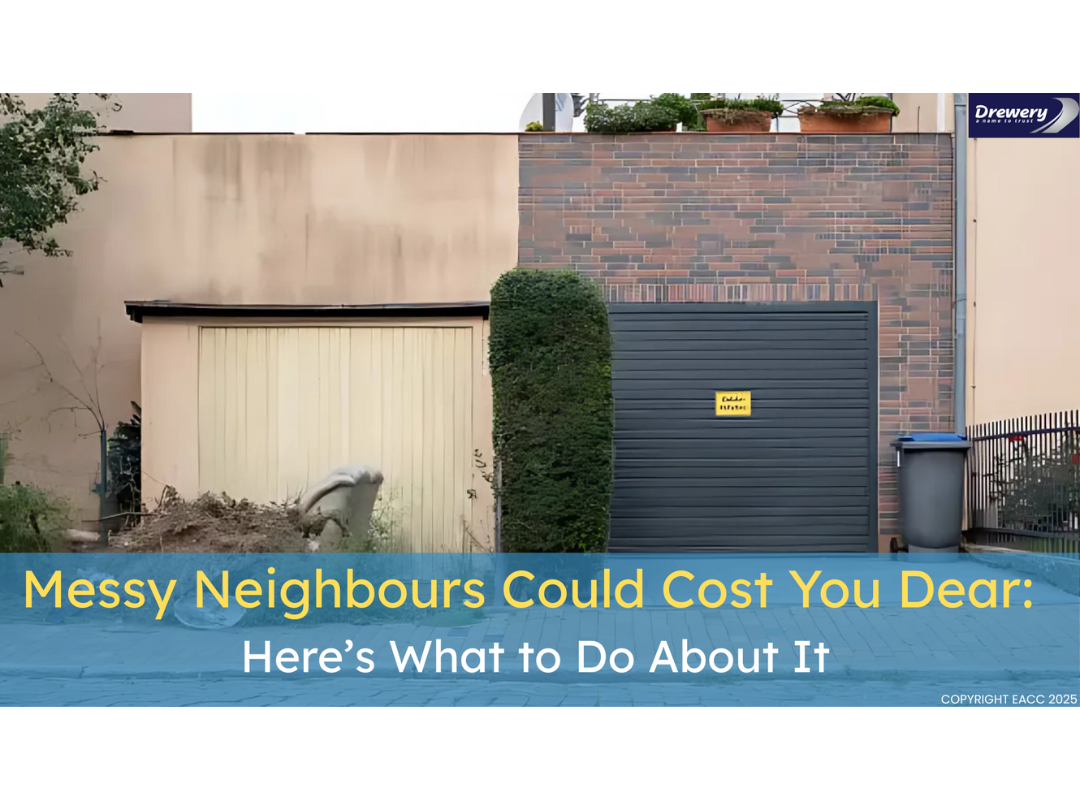In this three-minute read, we examine the dangers posed by carbon monoxide.
We recently read a statistic about private landlords that left us scratching our heads.
A whopping 56% of private renters say they live in a property that doesn’t have a carbon monoxide alarm*.
Can such a high percentage of landlords really be ignoring safety advice and flouting regulations on carbon monoxide alarms?
By law, any room in a rental property with a solid fuel-burning device or a gas appliance (such as a boiler) should have a working carbon monoxide alarm.
These rules are there for a good reason – carbon monoxide poisoning can cause severe illness and even death. There’s no excuse for complacency.
How is it made?
Carbon monoxide is a by-product of burning fossil fuels. When fuels like gas, oil, charcoal, wood, or coal fail to burn properly (a process called incomplete combustion, caused by a lack of oxygen), carbon monoxide is produced.
Exposure to it is hazardous to humans and animals.
Detecting it
You can’t see, smell or taste it; hence its nickname, the Silent Killer. To keep safe, you need to ensure carbon monoxide alarms and fuel-burning appliances are in good working order.
Good ventilation is crucial, too. Blocked flues and chimneys are problematic, as are poorly fitted flues.
Other warning signs include:
- Black or brown stain marks around heaters and fireplaces.
- Pilot lights on gas appliances that extinguish regularly or burn yellow (they should burn blue).
- Flames that burn yellow or orange.
- Excessive condensation in a room where there is a device that burns fossil fuels.
- Excessive soot.
Symptoms
Signs of carbon monoxide exposure include vertigo, tiredness, nausea, headaches, chest pains, and blurred vision. The affected person may slip into a coma and then die. The NHS says 60 people die from carbon monoxide exposure every year.
Keeping your tenants and property safe
Landlords should:
- Brush up on the regulations and install carbon monoxide alarms where required.
- Ensure working fireplaces are serviced and swept by a competent person.
- Have gas appliances regularly serviced by a qualified engineer.
- Check any carbon monoxide alarms in the property are working when the tenant moves in (note this in the check-in inventory).
- Ask tenants to test carbon monoxide alarms regularly.
- Test carbon monoxide alarms during mid-tenancy inspections.
- Endeavour to avoid cowboy builders who could bodge boiler and flue installations.
For more advice about keeping your tenants safe and staying on the right side of the law, contact us here at Drewery Property Consultants.
*According to a survey by property software company Plentific.
If you have enjoyed this article and want to read more please visit https://drewery.co.uk/blog
Do you follow us on Facebook? join us today for great daily posts like us here
Speak to me: If you`d like to have a chat about anything in this article, drop me an email at d.dirkx@drewery.co.uk - I`d love to hear from you.
David Dirkx
Residential Lettings Manager
07956 931975
d.dirkx@drewery.co.uk








Share this with
Email
Facebook
Messenger
Twitter
Pinterest
LinkedIn
Copy this link